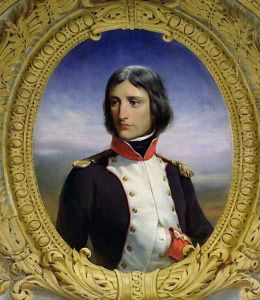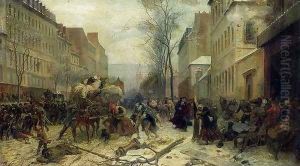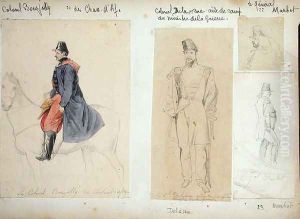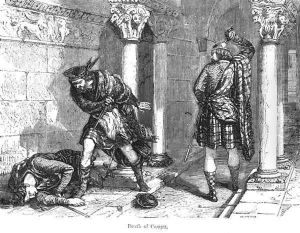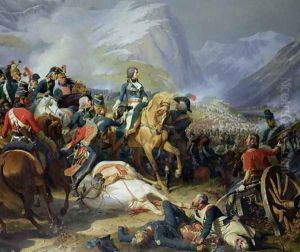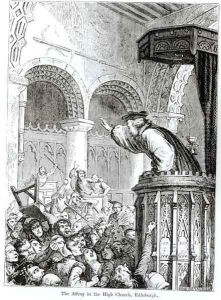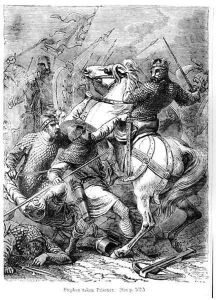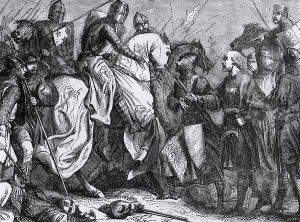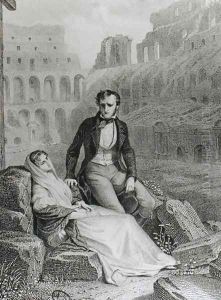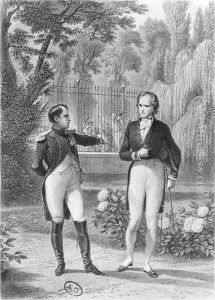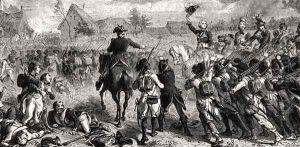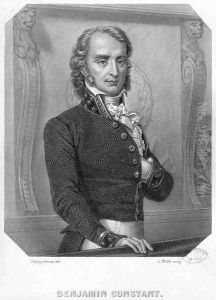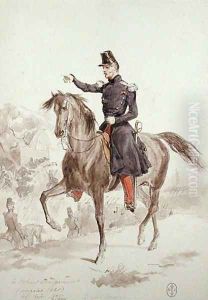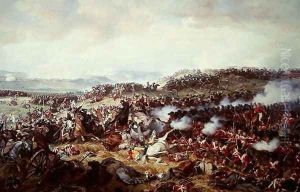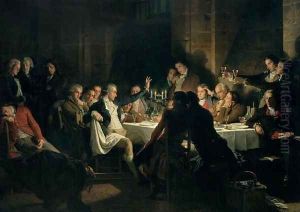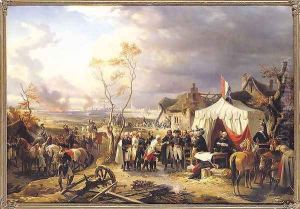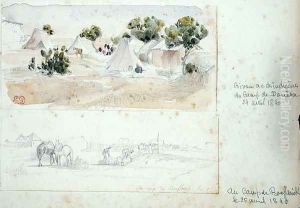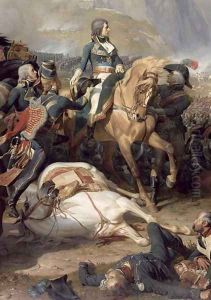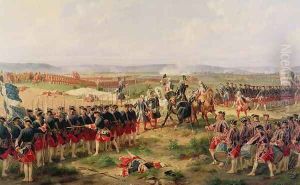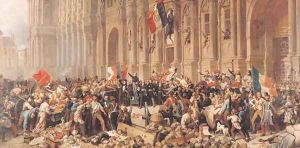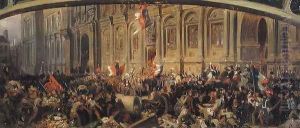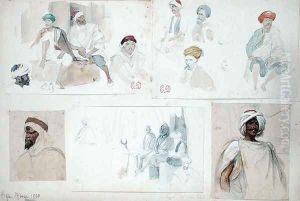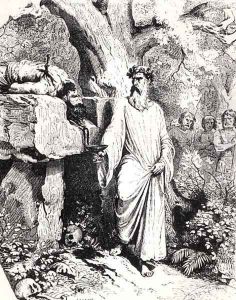Felix Philippoteaux Paintings
Félix Henri Emmanuel Philippoteaux was a French artist known for his historical scenes and his expertise in panoramic painting. Born on April 27, 1815, in Paris, France, Philippoteaux developed a passion for art from an early age. He studied under influential French painters like Léon Cogniet, and soon established himself as a skilled painter in the Romantic style. His early works often depicted scenes from French history, particularly those that were dramatic and emotionally charged.
Philippoteaux gained considerable recognition for his historical accuracy and attention to detail. These qualities made his work popular among patrons who valued depictions of historical events. One of his most notable works is the 'Panorama of the Siege of Paris,' which he created in 1871. This panoramic painting was a massive undertaking that offered viewers a 360-degree view of the events surrounding the Siege of Paris during the Franco-Prussian War.
Apart from panoramas, Philippoteaux also painted a number of cycloramas, which are large-scale, 360-degree paintings designed to be viewed from the inside. His most famous cyclorama is the 'Battle of Gettysburg,' which he completed in collaboration with his son, Paul Philippoteaux. This immense work was displayed in the United States and contributed significantly to his international reputation.
Félix Philippoteaux's legacy extends beyond his historical paintings. He also contributed to the world of illustration, providing images for various publications. His work has been displayed in numerous exhibitions and resides in the collections of several museums.
He passed away on October 17, 1884, in Paris, leaving behind a body of work that continues to be appreciated for its historical significance and artistic merit. Philippoteaux's contributions to panoramic and cyclorama painting have inspired generations of artists and remain an important part of the history of 19th-century art.
